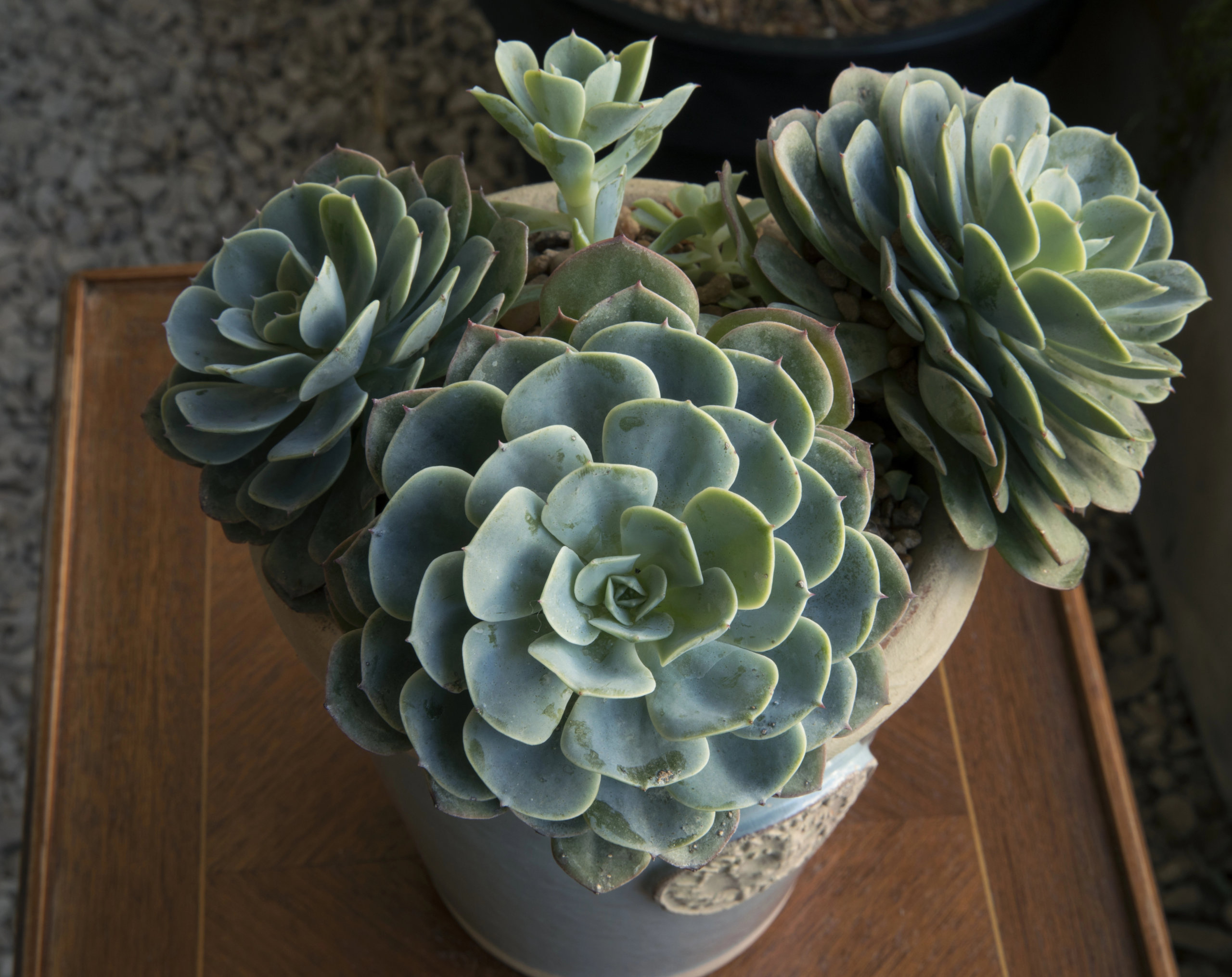Can Succulents Survive Without Watering?
If you are wondering if succulents can survive without watering, you are not alone. Many plant owners love succulents because of their reputation for being tough and low-maintenance.
Most succulents can survive for weeks or even months without water because they store moisture in their leaves, stems, and roots. However, how long your succulent can go without water depends on the type of plant, the climate, and how much light it gets.
Understanding how and why succulents can handle dry periods will help you care for them and keep them healthy. Keep reading to learn how long you can leave your succulents without water and which types are the most drought-tolerant.
How Long Can Succulents Survive Without Watering?
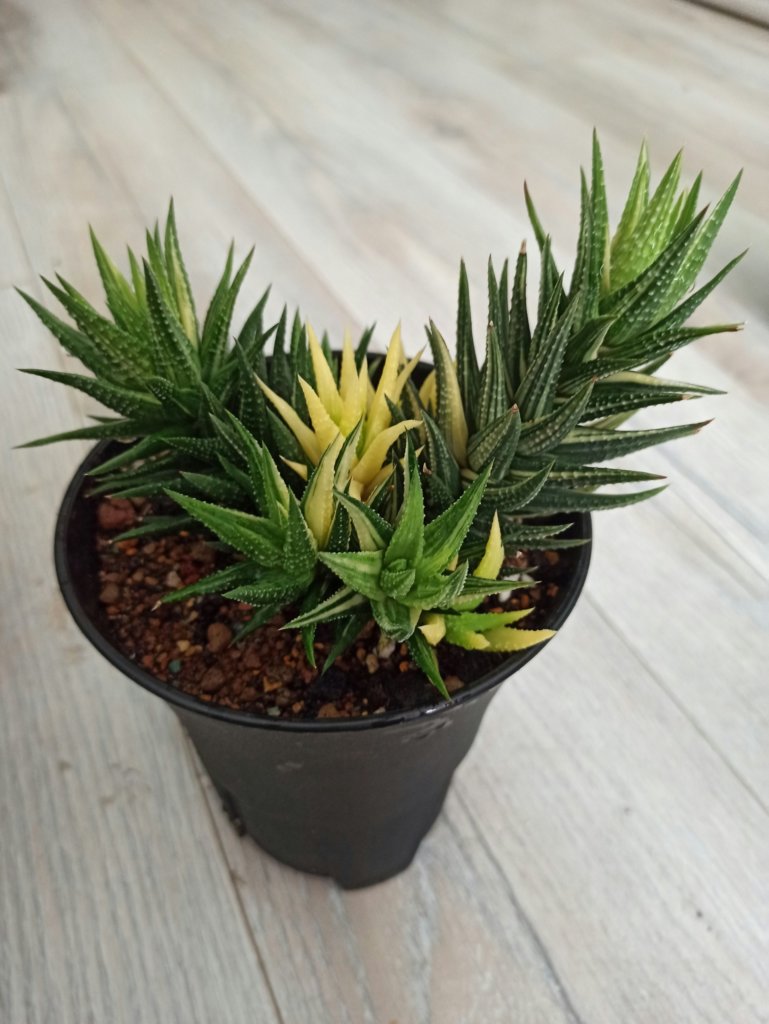
Succulents are drought-tolerant plants that can last weeks or even months without water. The limits of their survival depend on factors like the specific type, where they’re grown, and their health before dryness begins.
Typical Waterless Survival Periods
Most healthy succulents go about 2–4 weeks without water in average indoor conditions. Hardier types can survive up to 2–3 months without being watered, especially if kept cool and out of direct sun during drought periods.
The plant’s environment, whether indoors or outdoors, significantly impacts its watering needs. Outdoor succulents, especially those planted in the ground, can often withstand longer periods of drought than indoor ones. However, this period shortens in hotter, drier climates.
A succulent’s age also plays a role in its water needs. Young succulents and new cuttings have less developed root systems and will dry out faster than mature, established plants.
Differences Among Succulent Types
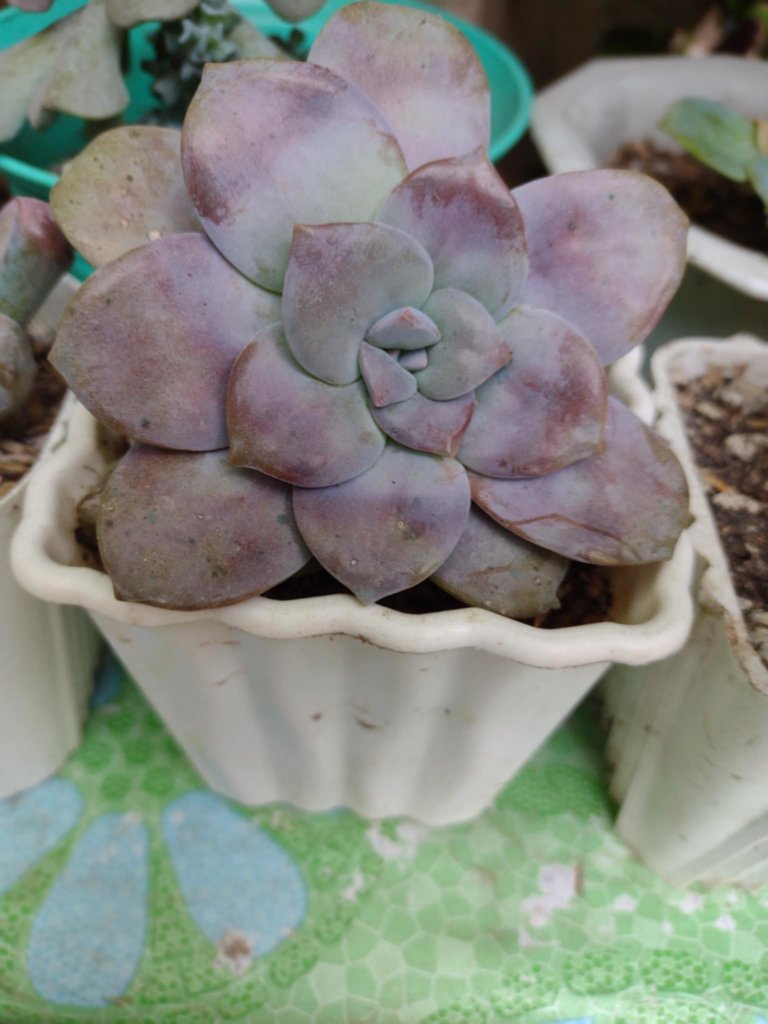
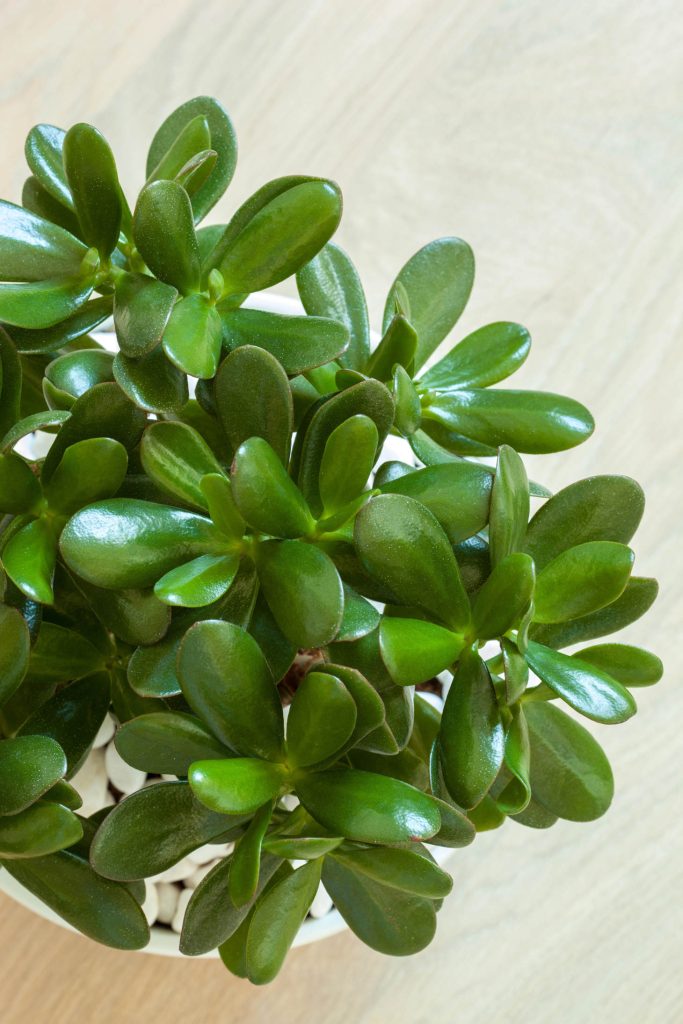
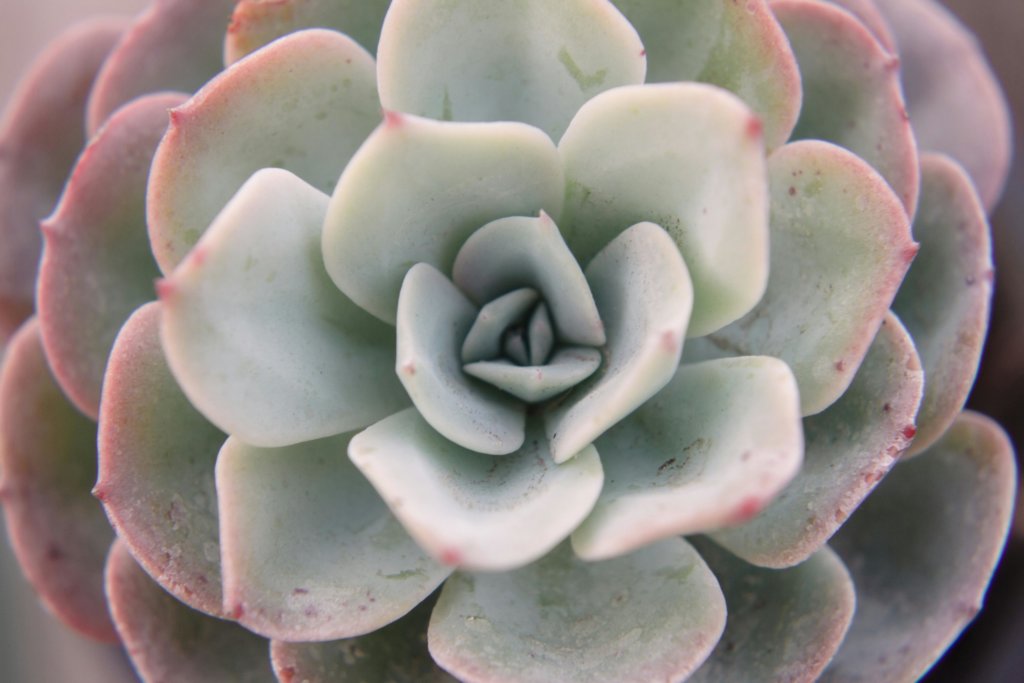
Different types of succulents have different water needs and tolerances.
Graptopetalum and Crassula (jade plant) may manage 1–3 months without water. Thick-leaved succulents like Echeveria hold more water and also do well during dry periods. However, succulents with thinner leaves are less resilient and may only survive a few weeks without moisture.
Some species go dormant during dry times, using less energy and water, which helps them last even longer. Always check the type of succulent you have, as their needs can be very different.
Succulent Recovery After Drought
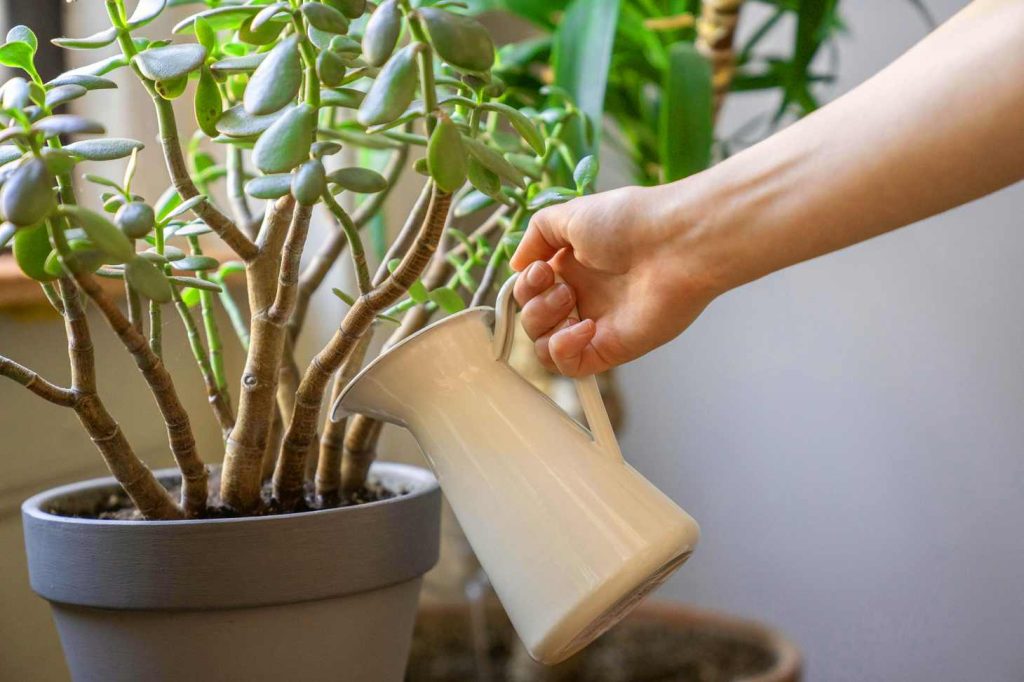
If succulents dry out but haven’t started to shrivel or lose lots of leaves, they usually bounce back quickly with careful watering. Begin by giving small amounts of water to avoid shocking dried roots or causing rot.
Signs of successful recovery include plump leaves and bright color. However, if the plant collapsed or turned brown and mushy, recovery is less likely. Jade plants tend to recover better than thin-leaved succulents.
Let the soil dry between watering and avoid overwatering while the plant adjusts. Temporary leaf loss is common but new growth should appear in a few weeks if the roots survived.
Factors Influencing Succulent Water Needs
How often you need to water your succulents depends on several important things. Climate, potting materials, and the plant’s size all play a part in making sure your succulent stays healthy.
Impact of Climate and Season
Climate has a big effect on how much water your succulent needs. If you live in a hot or dry area, outdoor succulents dry out much faster and usually need more frequent watering, sometimes once a week. Humid or cool climates let succulents go longer without water because moisture stays in the soil longer.
Seasons also matter. During spring and summer, most succulents grow faster and need water more often. In fall and winter, many slow down their growth or go dormant. At this time, you can water less often, sometimes only once a month.
Sunlight matters, too. Succulents sitting in direct sun outdoors often dry out quicker than indoor succulents. Keep this in mind if you move plants inside for winter.
Role of Potting Material and Environment
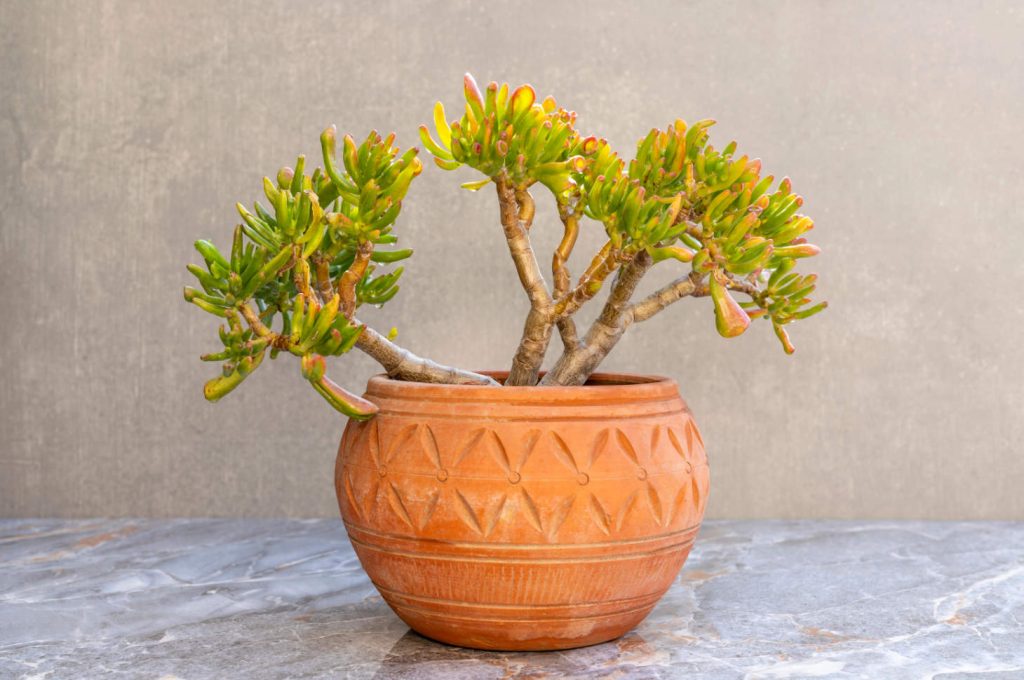
The soil and pot you use changes how much water your succulent needs. Good succulent soil drains water quickly, which helps prevent root rot. If your soil holds too much water, your plant is at risk.
Choose unglazed clay pots or terra cotta for outdoor or indoor succulents. These pots let extra moisture evaporate faster than plastic or glazed pots. If you use a small pot, the soil dries out much faster than in a large pot, so watering frequency will increase.
Environmental conditions like airflow also matter. Succulents in stuffy or humid rooms stay wet longer than those with good air movement. Always check soil dryness before watering.
Succulent Size and Age Considerations

Large succulents have bigger root systems and often store more water in their thick leaves or stems. Because of this, mature plants can sometimes go longer between waterings than smaller, younger ones.
Young or newly planted succulents have smaller roots and are more sensitive to drying out. They may need watering a bit more often until they are established.
If your succulent has just been repotted or split, give it time to adjust. Roots that are still growing need steady, but not heavy, moisture. Always use the finger test, wait until the top inch of soil is dry before watering again.
Adaptations That Enable Succulent Survival
Succulents have developed special traits that allow them to live for long periods with little or no water. These adaptations focus on storing water, using sunlight more efficiently, and reducing water loss.
Water Storage in Leaves and Stems
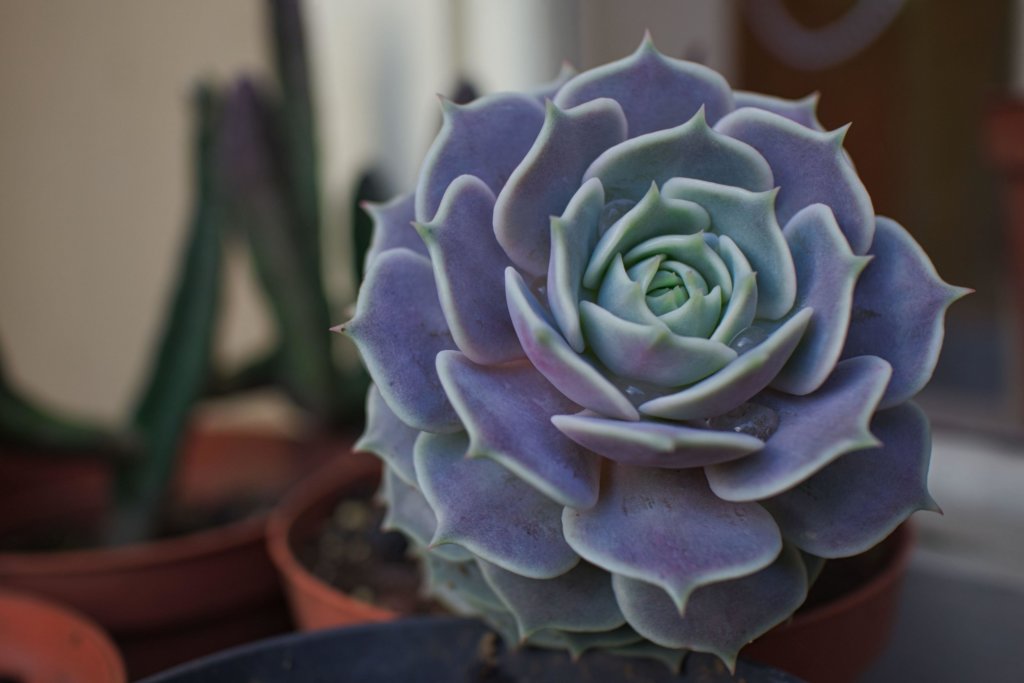
Succulent leaves and stems are thick and fleshy. This structure lets them hold large amounts of water, sometimes up to 90-95% of their weight. When you look at plants like aeonium, you can see how their rounded leaves look swollen.
This stored water gives succulents a reserve to use when the soil is dry. In indoor environments, succulents can still rely on these reserves if you forget to water them for a while. The shape and size of the leaves even help minimize the surface area exposed to air, which reduces water loss.
Some succulents store most of their water in their stems. Others, such as jade plants and echeveria, keep water mainly in their leaves. Whether grown indoors or outside, this feature helps succulents survive dry spells.
Photosynthesis and Dormancy
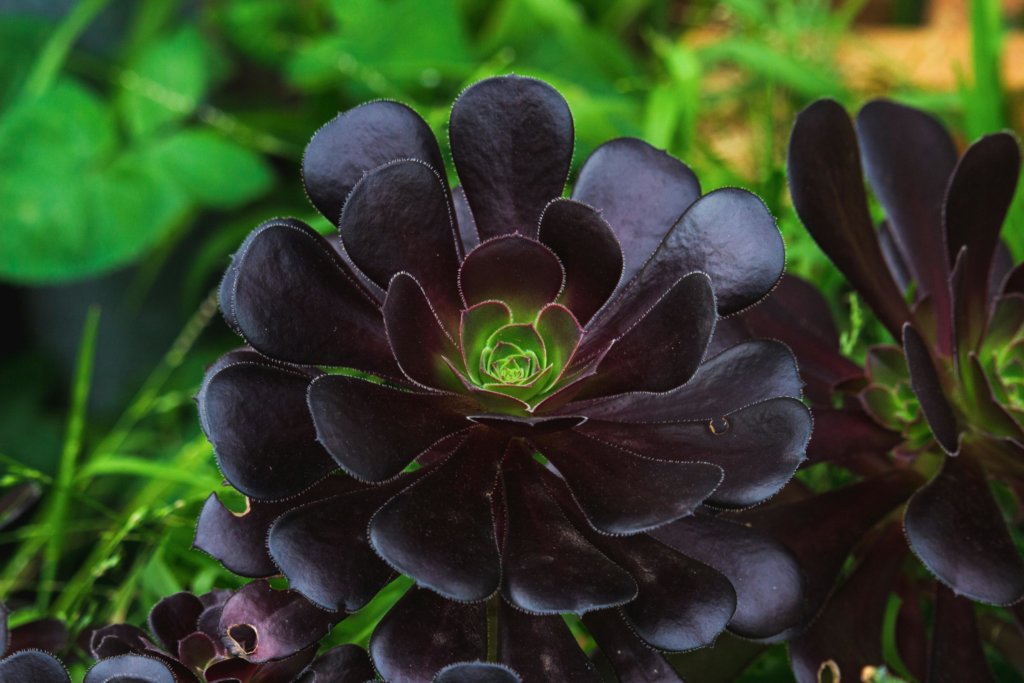
Succulents use a special kind of photosynthesis called CAM (Crassulacean Acid Metabolism). This process lets them open their stomata (pores in their leaves) at night instead of during the day. By doing this, they lose less water since nighttime air is cooler and has more moisture.
During very dry conditions, succulents often go dormant. Dormancy is when growth slows down or stops to save water and energy. Aeonium, for example, may close its leaves tightly or drop old leaves until it gets water again.
If you keep succulents indoors, they might still enter dormancy in response to dry air or little watering. This adaptation helps them live through tough times without drying out.
Protective Features to Prevent Water Loss

Many succulents have a waxy coating, called a cuticle, on their leaves and stems. This coating makes it harder for water to escape and gives the leaves a shiny look. In addition, some succulents grow fine hairs or spines. These features break up the airflow across the surface of the plant and lower how much water leaves lose to the air.
The small size of the stomata and their ability to close quickly also reduce water loss. For aeonium and other succulents, tightly packed leaves or rosette shapes can shade the plant, keeping it cool and less likely to lose moisture.
Indoor succulents especially benefit from these traits, as dry indoor air can quickly pull moisture from plants without these protections. These features let your succulents handle missed waterings and survive in dry rooms.

